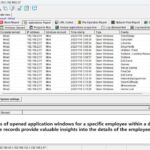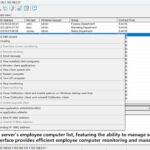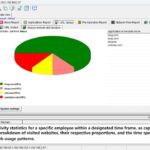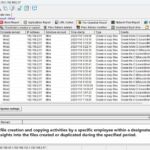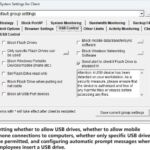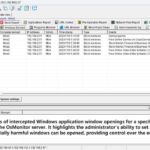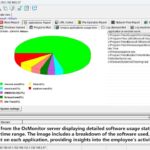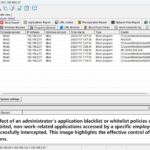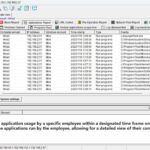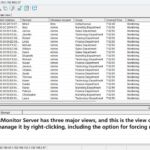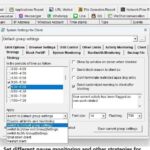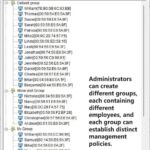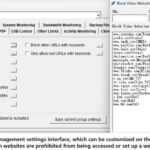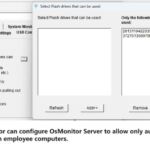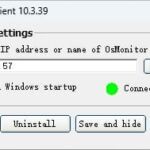Greedy algorithm is an algorithm based on the greedy approach, which is commonly used to find the globally optimal solution by selecting the locally optimal solution at each step, considering the given constraints.
The application of the greedy algorithm in computer monitoring software can include several aspects:
File scanning: When scanning files on a computer, the greedy algorithm can be used to avoid rescanning files that have already been scanned. It focuses only on newly added or modified files, reducing scanning time and minimizing system resource consumption.
Process monitoring: In monitoring processes on a computer, the greedy algorithm can be utilized to skip processes that have already been scanned. It only monitors newly added or modified processes, reducing monitoring time and conserving system resources.
Log data processing: When collecting a large amount of log data, the greedy algorithm can be employed to process the data in smaller chunks, avoiding the need to load all data at once. This reduces memory usage and improves data processing efficiency.
Resource allocation: In the context of computer monitoring software, the greedy algorithm can be used to optimize resource allocation. It allocates limited system resources to the most critical tasks, improving the performance and efficiency of the monitoring software.
By leveraging the greedy algorithm in computer monitoring software, efficiency can be enhanced in various aspects such as file scanning, process monitoring, log data processing, and resource allocation. It allows for better utilization of system resources and improved performance of the monitoring software.
Misconceptions of the greedy algorithm in computer monitoring software mainly include the following points:
Ignoring constraints: When using the greedy algorithm, it is crucial to ensure that the chosen strategy complies with the given constraints. Ignoring constraints can lead to erroneous results.
Inability to guarantee global optimality: The greedy algorithm only considers the locally optimal solution at each step and cannot guarantee the attainment of a globally optimal solution. Therefore, when using the greedy algorithm, it is necessary to evaluate the effectiveness of the solution based on the specific problem characteristics.
Possibility of local optima: The greedy algorithm may get stuck at a local optimum and fail to escape from it, thus missing out on the global optimal solution.
Algorithmic complexity: Although the greedy algorithm often exhibits efficiency advantages, there may be cases where its time complexity is higher than other algorithms. Therefore, it is important to assess the algorithmic complexity and choose an appropriate algorithm.
In conclusion, when utilizing the greedy algorithm in computer monitoring software, it is essential to evaluate the effectiveness of the solution based on the specific problem, while considering constraints and algorithmic complexity. This approach helps avoid misconceptions and enables the attainment of better solutions.
About OsMonitor:
The mission of OsMonitor is to create a Windows computer system tailored for work purposes, effectively regulating employee computer behavior. It enables employers to understand what employees are doing each day, monitoring every action, including screen activity and internet usage. Additionally, it restricts employees from engaging in specific activities such as online shopping, gaming, and the use of USB drives.
OsMonitor, designed purely as software, is remarkably user-friendly and requires no additional hardware modifications. A single management machine can oversee all employee computers. As a leading brand in employee computer monitoring software with over a decade of successful operation, OsMonitor has rapidly captured the global market with its minimal file size and excellent cost-effectiveness compared to similar software. At this moment, thousands of business computers worldwide are running OsMonitor daily.




